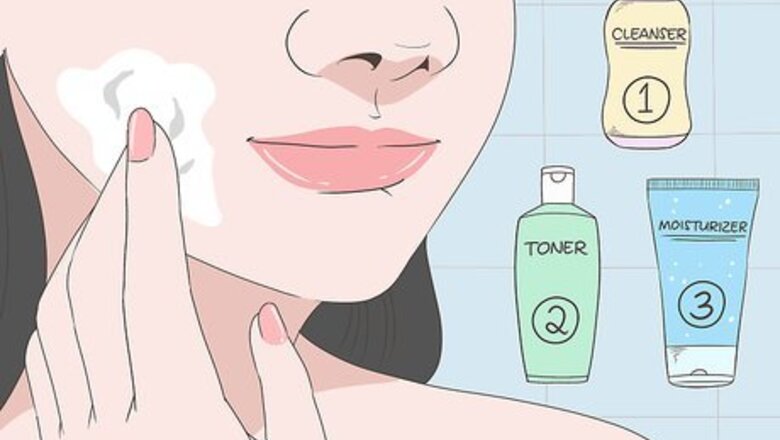
views
Identifying the Problem
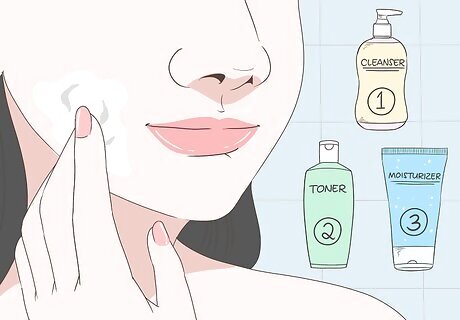
Maintain a consistent routine with your skincare products. If you’re not following a consistent routine, you might not be seeing the results you want from your skincare products. Start off by washing your face with a cleanser to clear and refresh your skin. Next, use a toner to help smooth out your complexion. Finally, keep your skin hydrated by using a moisturizer. If you want to provide extra care to your skin, try using an exfoliation product. Additionally, consider using a serum to address redness on the skin.
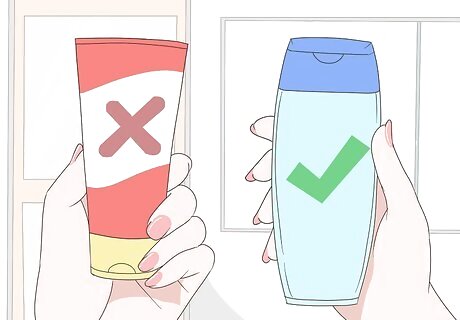
Replace 1 product at a time to figure out what isn’t working. Remove or switch out some of your skincare products to see if they make your skin look clearer. Wait a few weeks to see if you notice a difference, and adjust your skincare routine accordingly. For example, if your moisturizer doesn’t seem to be effective, opt for a new product instead. As you switch, keep using the same cleanser and toner that you did before.

Track your biggest skincare concerns over several weeks with a journal. Take a moment each day to carefully examine your skin. When you notice any flare-ups or changes, take note of them in a journal or on your phone. If you’d prefer a more convenient tracking method, try taking daily notes on your phone or laptop instead. There’s a smartphone app called “RYNKL” that judges the efficiency of your skincare routine based on your selfies.
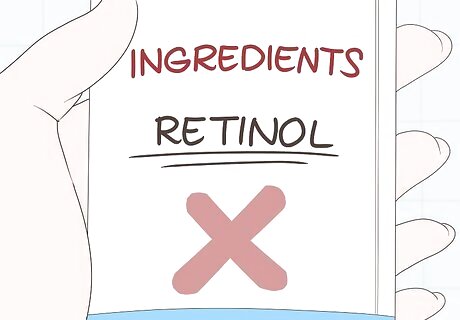
Check the ingredient list so you don’t buy an identical product later on. Look on the side of your skincare container to see if there are any ingredients that should be targeting certain aspects of your skin. If your current products don’t seem to be working, take note of the active ingredients that are in them. When you purchase a different product in the future, make sure that it’s not identical to a product that you’re used before. For example, many anti-aging products include retinol as an ingredient. If you use these types of products, see if retinol is on the active ingredients list. If it is, avoid buying a new anti-aging cream that also contains retinol.Did you know? It can take several weeks before acne treatments like tretinoin start improving your skin. Also, your skin is incapable of building a resistance to retinoid medications, so you don’t have to worry about them becoming less effective!
Adjusting Your Routine

Talk to your dermatologist and ask for recommendations. Call your dermatologist to schedule an appointment so you can discuss your skin’s current needs. Since there are many schools of thought on the positives and negatives of switching up your skincare routine, talk to your dermatologist to get a professional opinion. By setting an appointment, you can get a lot of your questions answered on what your skin really needs. If there isn’t a dermatologist near you, consider looking into some online options. You can try reaching out to an aesthetician, as well.
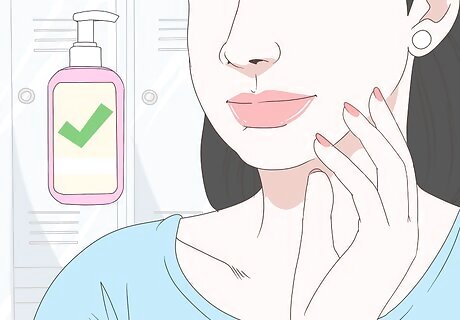
Choose skincare products that are formulated for your skin type. Before you purchase any new products, make sure that you understand what your skin type is. If your skin is dry or sensitive, you don’t want to be using a product designed for oily or combination type skin. If you want to consider your risk for sunburn and other skin ailments, consider taking the Fitzpatrick Skin Type quiz as well.

Opt for products that contain a higher SPF if you need more sun protection. If your skin seems especially burned or damaged by the sun, add some extra protection to your skincare routine. Boost your protection by using a product with more than 15 SPF. Additionally, take care of your skin by avoiding tanning beds, and by wearing clothing that covers your skin. If you plan on going outside, try to go out before 10 AM or after 4 PM.
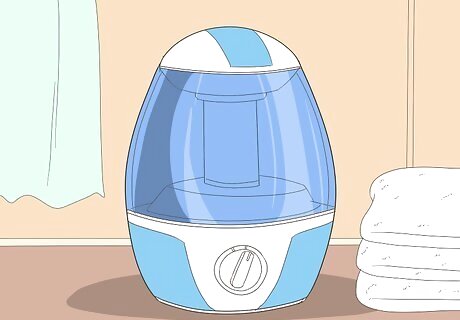
Use a humidifier if you have drier skin. Set up a humidifier in your bedroom during drier and colder parts of the year, like autumn and winter. If your skin naturally tends to be dry, use a humidifier to expose your skin to more moisture on a daily basis. Using a humidifier along with other dry skin products might make your current skincare routine more effective. If you don’t have a humidifier on hand, you can find one at most stores that sell medical supplies.
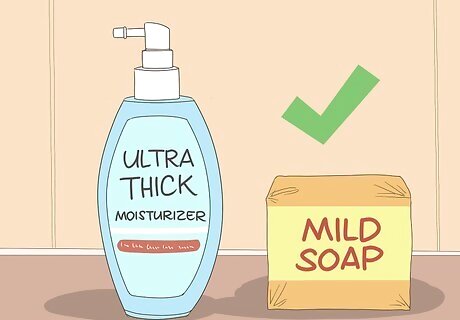
Opt for a thicker moisturizer if you have dry skin. Alter your skincare routine to include products that coddle your dry and irritated skin. When purchasing new makeup, look for products that have a moisturizer built-in. Additionally, if your skin feels exceptionally dry, rub a little baby oil over it as soon as you get out of the shower. To avoid irritating your skin, use soaps that are especially mild. You can also take extra steps by only using mild detergent in your washing machine. Cream-based moisturizers are most effective.
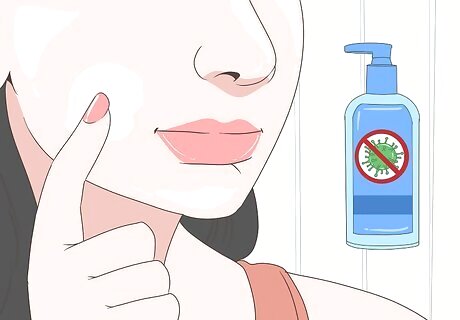
Choose a cleanser that targets bacteria if you have oily skin. Make sure that you’re using the right cleanser for your skin type. If your skin tends to be on the oily side, adjust your skincare regimen to include a cleanser. Whenever you wash your face with water, you end up dissolving a lot of the excess oil. Additionally, you can choose a cleanser that addresses other skin issues, as well. For instance, there are cleansers that specifically treat acne. Look for benzoyl peroxide or triclosan on the active ingredients list. Look for products that include different kinds of alpha-hydroxy acids, like glycolic or citric acid. These ingredients work to remove any dead skin cells.
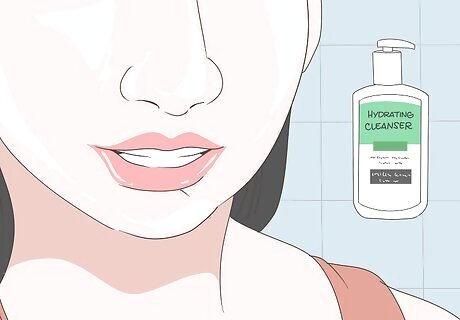
Switch to a hydrating cleanser if your oiliness is caused by dry skin. Sometimes when your skin overproduces oil, it's actually because your skin is too dry, and your body is trying to compensate. If your skin starts to feel oily after using a cleanser, try using a gentle, moisturizing cleanser for dry skin, and see if that helps. Also, when you shower, try to keep it short, and use warm water, rather than hot. See if you can boost the amount of moisturizer in your skincare routine by using a moisturizing shower gel.



















Comments
0 comment